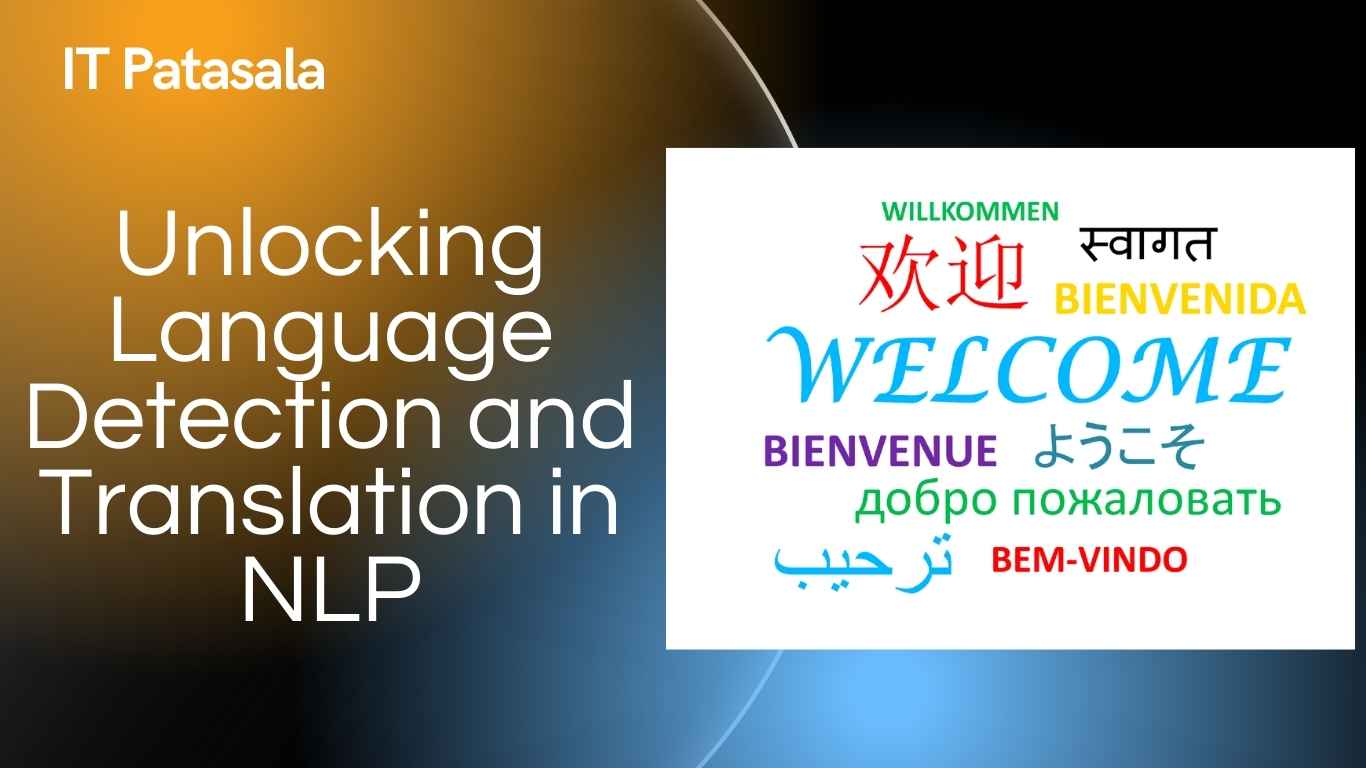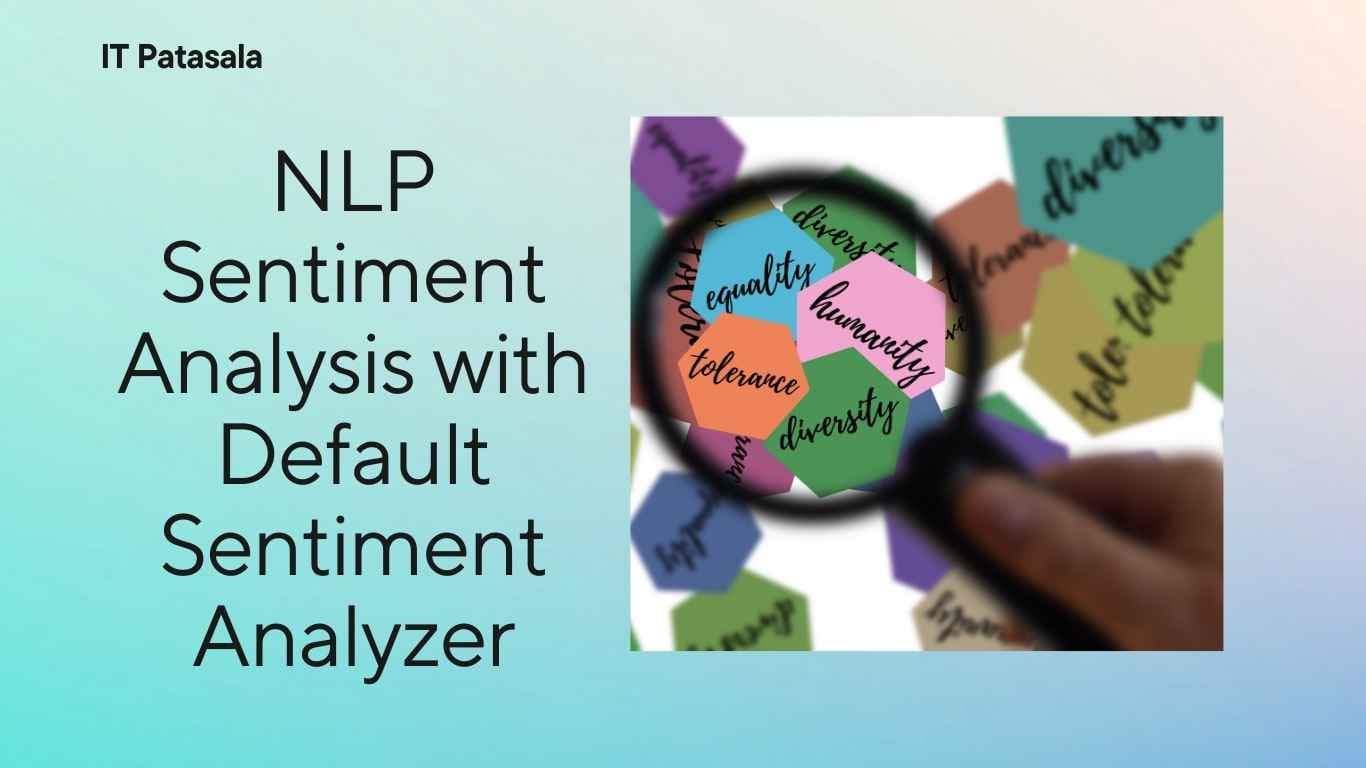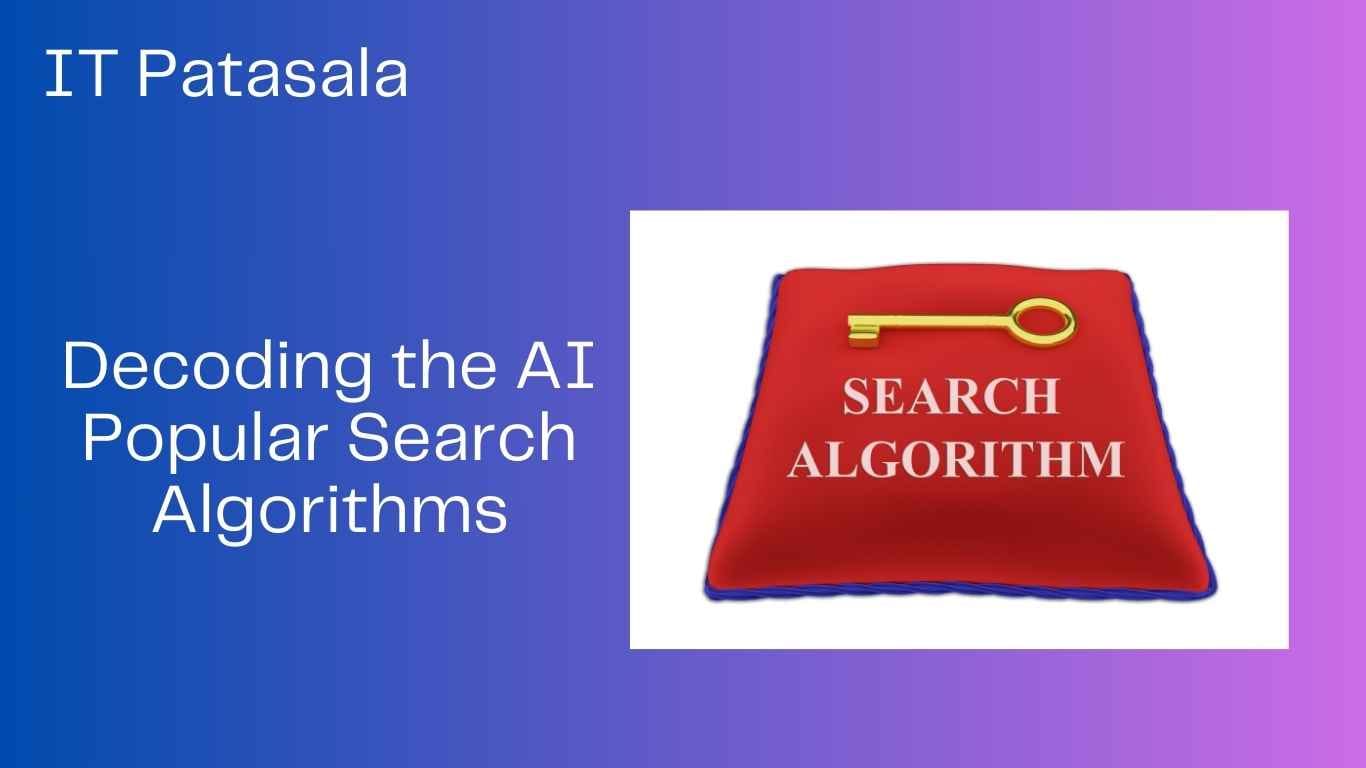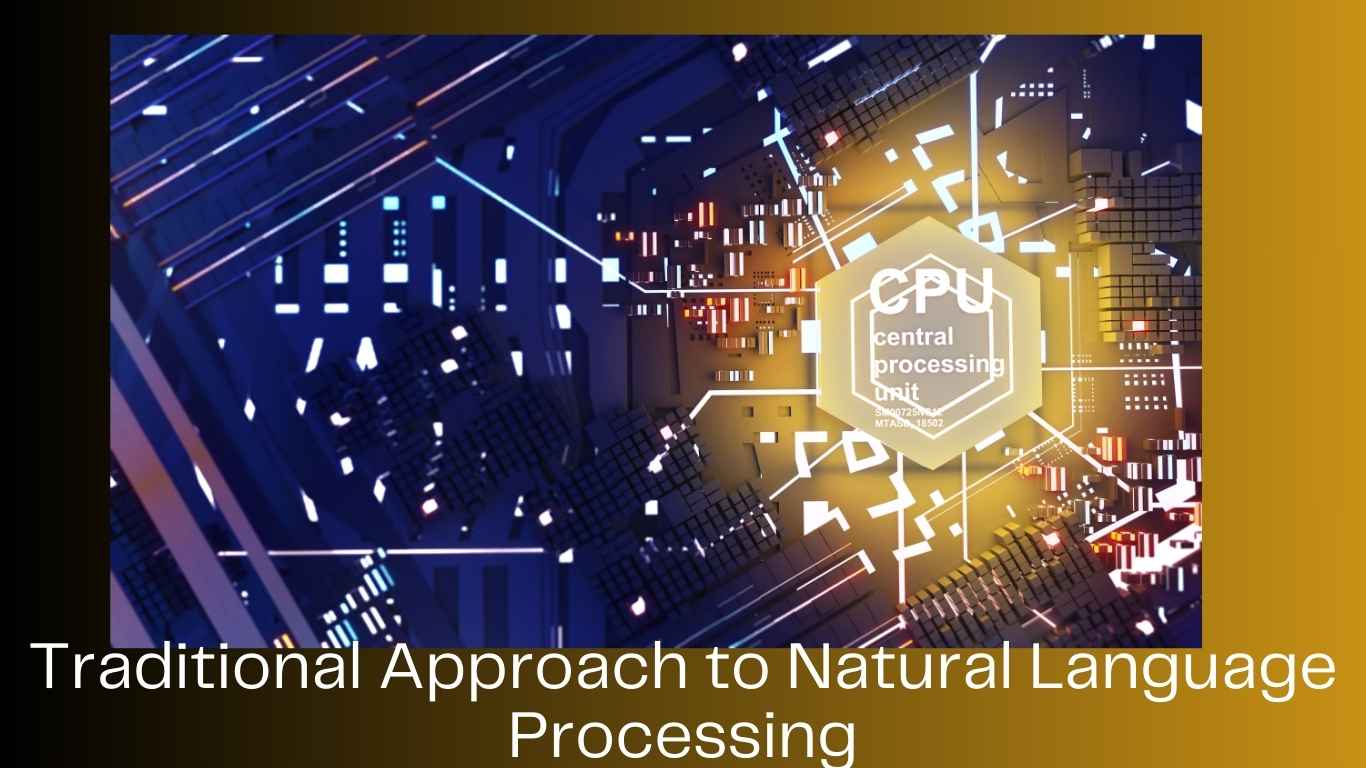With the advancement of technology, language detection and translation have become an essential part of any computerized program, specifically in Natural Language Processing (NLP). There has been an exponential increase in demand for automatic language detection and translation as globalization has enabled communication across multiple languages.
NLP offers approaches and models capable of recognizing a text’s language, which can then be rendered into other languages. Here, we will discuss what language detection is and how translation works, offer some popular methods that are widely used, show how these work in practice, and suggest how the development of these directions will look in the future.
Language Detection and Translation Using NLP
1. What is The Language Detection
This paper outlines the definition of language detection, which is recognizing the natural tendency to speak in a specific vernacular. However, this can be difficult because many languages’ characters and structures are similar. However, text linguistics and many natural language processing techniques help detect a language even from a very short text.
Variables in Language Detection
Several methods for NLP language identification have been developed, including rule-based systems, statistical models, and computational intelligence.
Rule-Based Approaches
Language detection systems, which are rule-based, depend on patterns, language-specific rules, and preset heuristics. For instance, Greeks and lyrics have alphabets, which helps detect them easily. Such methods, however, are not as effective for closely related languages as Spanish and Portuguese or short texts or slang.
Statistical Methods
The third is the more deterministic one, which looks at the frequency of signs within the text – the most common language is determined based on how often sure signs are used. For example, suppose a given document contains letters, digraphs (a pair of letters), or trigraphic (3 letters) in such number that a particular language’s symbols occur. In that case, it can be assumed that that language is present. In particular, in bed English manuscripts, these combinations appear regularly; “th,” “he,” and “in,” “th,” “he,” and “in.”
Machine Learning Models
In most cases, present language detection methods use machine learning models trained on several multilingual datasets. These models can learn the patterns and the features of languages and hence detect the language even with interspersed texts. Standard algorithms include Naive Bayes, Support vector machines, or deep learning architectures, which include Long Short Term Memory networks or Transformer models like BERT.
Implementation of Language Detection
One easy example of language detection, which can also be considered simple implementation, is in the langdetect package written in Python, which implements the same technology as Google’s language-detection library.
# Example of language detection using langdetect
from langdetect import detect
text_english = "This is an English sentence."
text_spanish = "Esta es una frase en español."
text_french = "Ceci est une phrase en français."
print("Detected language for text_english:", detect(text_english))
print("Detected language for text_spanish:", detect(text_spanish))
print("Detected language for text_french:", detect(text_french))

Language Detection Challenges
Short Texts: There are instances when only short portions of a text are available, which makes it difficult to determine the dominant language because few language-specific features are present to enable proper identification.
Mixed Languages: It is common to find people switching between languages in Somaliland or on social media, which constrains language identification models from determining a single language for identification purposes.
Code-Switching: This is defined as the use of more than one language in the course of conversation or interaction. Hence, language recognition in such settings would necessitate sophisticated models capable of handling different languages in one sentence.
2. Translation in NLP
Translation is moving from the language of a given text (source language) into the equivalent of an existing language (target language). This has been made possible because the NLP models can generate an output that understands the source language grammar, punctuation, etc., and produces opposing language text that best matches.
History of Machine Translation
Earlier translation models relied on rules where grammar and vocabulary mappings were coded into the system for each language pair. However, these systems were clumsy and efficient to only a few language pairs. Some years later, Statistical Machine Translation (SMT) models, such as the pioneer model of Google Translate, employed statistical algorithms to enhance the precision of translations by employing numerous bilingual corpus. Today, most existing translation systems operate on Neural Networks, termed Neural Machine Translation Systems, NMT.
Techniques in Translation
from transformers import pipeline
try:
print("Attempting to load model...")
translator = pipeline("translation_en_to_fr", model="Helsinki-NLP/opus-mt-en-fr", framework="pt") # Use 'pt' for PyTorch
print("Model loaded successfully.")
# Translate text
text = "Welcome Lakshmi"
print("Translating text...")
translation = translator(text)
print("Translation complete.")
print("Original text:", text)
print("Translated text:", translation[0]['translation_text'])
except Exception as e:
print("An error occurred:", e)

Phrase-Based Statistical Machine Translation (PBSMT)
PBSMT models translate blocks of the sentence into phrases according to probabilities assessed from a large volume of bilingual data. Despite its great success, PBSMT had limitations in translating fragments of works due to a lack of context.
Neural Machine Translation (NMT).
NMT involves deep learning technologies, including the use of Recurrent Neural Networks(RNN) and, more recently, Transformer models. The NMT model reads the complete sentence, understands the meaning, and translates it more appropriately connectedly. First, NMT models like Google Translate used continuous Transform models. Later, Google Translate improved by using principles of the Transform model and increased accuracy and efficiency.
Transformer Models
The Transformer model developed by Vaswani et al. in 2017 is an attention-based architecture enabling a model to read whole pieces of text rather than having to read one word at a time. Practical usage of Transformers in sentence forming made it easier to improve the overall comprehension of a sentence thanks to their abilities to manage semantic context in addition to long-term dependencies. Examples include BERT, developed by Google, and GPT, developed by OpenAI, which uses Transformer architecture.
Popular Translation Models
Google Translate: Google’s Translation can serve more than a hundred languages quickly due to the NMT model, which uses Transformer types for all its translations.
DeepL: Tight focus on European languages and usage of Transformer models enabled DeepL to provide high-quality translations for a long time.
OpenNMT: This NMT framework was developed by the Harvard NLP group and is open-source, allowing it to be used for research or productive measures.
Challenges in Translation
Polysemy: Mistranslation may happen because words with several meanings are used, and even slight context is ignored.
Idiomatic Expressions: Selective biases are inhibited in a language, which makes it impossible for some idiomatic expressions to be translated due to nondirect translation.
Domain-Specific Jargon: For technical, medical, and scientific documents, several translation models trained on specific domain data are a necessity.
3. Applications of Language Detection and Translation
There is a vast scope for language detection and translation in the industries and our routines. Here are some key use cases:
E-commerce
Many e-commerce sites target global clients, so language detection and translation are imperative for users to participate in as they do not speak the site’s language. Language detection helps determine the user’s language and offers translation of product descriptions and reviews to streamline the shopping process.
Social Media Monitoring
Businesses look at social media sites for feedback from people worldwide about their products. The detection of language helps companies to classify the language of the comments on the post, which could then be translated and used to monitor the feedback in various regions.
Customer Support
Global organizations must cater to clients from different nations; multi-language services are essential. Automated detection and translation technologies in customer service mean that multi-lingual clients can be served, leading to customer satisfaction.
Education
Language detection, in addition to translation technologies, affords students access to material in their preferred language, thus enhancing the overall ease of learning. The translation of books, articles, and other educational materials aids in fostering a multilingual teaching and learning environment.
Content Moderation
Language detection manages obnoxious text and images in all languages on social networks. When this type of content is identified, it can be translated before moderators analyze it and take the necessary steps.
4. Advantages and Disadvantages of Language Detection and Translation
Advantages
Enhanced Global Engagement: Language detection and translation close the language barrier, enabling people to communicate regardless of language differences.
Better User Experience: Websites and applications can identify the language based on the user’s settings and, therefore, display information in the user’s preferred language, enhancing their interaction.
Automation and Scalability: Automated translation models can deliver a large volume of text to scale, which is favorable for industries with global audiences and content.
Limitations
Accuracy Problems: Many people now use NLP models and automatic translation, but translators can still make mistakes depending on the degree of complexity in the sentences, idioms, or even usage of specific fields’ jargon.
Cultural Paradoxes: Some words and phrases hold so much culture; hence, if one translates a specific word directly, the message or meaning may not be understood correctly.
Cost intensive: Large language detection networks and groups or models must be trained and even deployed, which necessitates vast amounts of computing power and large sets of accurate multilingual data.
5. Future Directions
There is potential for the growth of language detection and translation with further improvements in deep and reinforcement learning and multilingual models in the future. The following goals include making the models more aware of the context, improving the performance regarding code-switched languages, and increasing the translation quality of the under-resourced languages. With the ongoing effort and creativity, language detection and translation are expected to be further perfected with increased depth and expanding scope.
Conclusion
Language detection and translation are critical capabilities that offer many applications today, as communication between people, cultures, and languages is essential. The application and implementation of new Natural Language Processing models, such as Transformers, significantly improved the quality and speed of language detection and translation, allowing for comfortable multilingual communication. While some limitations exist, new developments will overcome these challenges shortly, allowing language detection and translation through Natural Language Processing to seep into our globalized society.







